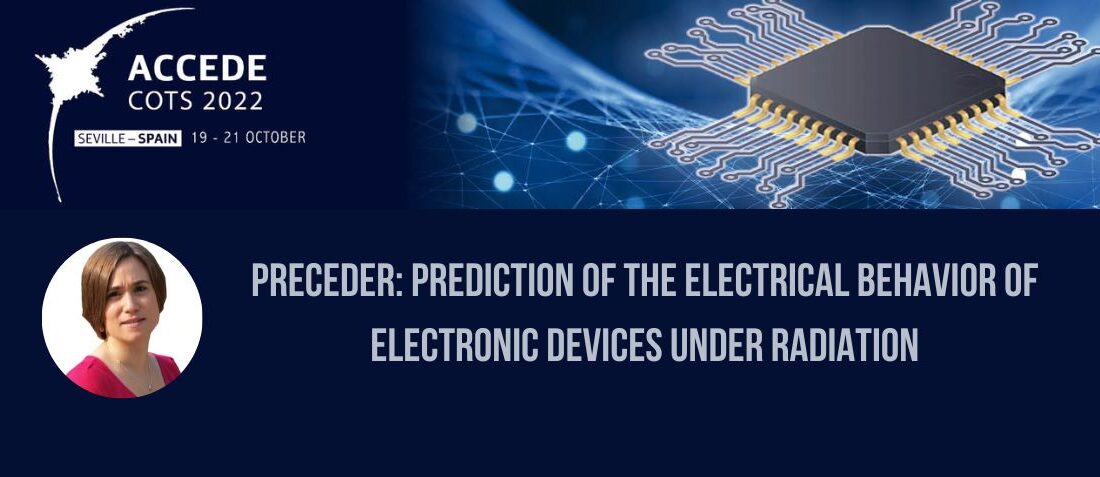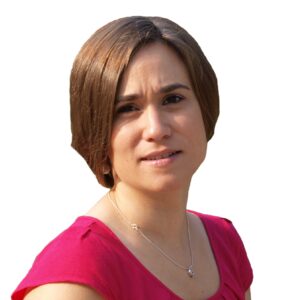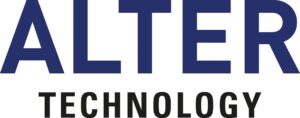
PRECEDER: Prediction of the Electrical Behavior of Electronic Devices under Radiation
- Posted by doEEEt Media Group
- On August 1, 2023
- 0
ABSTRACT
When cost and time is leading your project requirements, the use of COTS looks very attractive. However, there are many things to consider before deciding if this is the most appropriate solution. When is it wise to pursue a COTS-based system approach? When is it best to hold back? How could we minimize the risk of applying the COTS-based approach in our system?
Statistical process control (SPC) is commonly used in manufacturing to measure how consistently a product performs according to its specifications. By achieving consistent quality and performance, some of the benefits manufacturers can achieve are Reduced scrap, rework, and warranty claims. It is easy to see why larger datasets can be used to generate value. If we have a bigger data set to work with, we’re comfortable with the data quality, and we have defined our approach well, we can probably qualify for a Device Under Test (DUT), without the need for some expensive tests. But how could we achieve a similar goal with a reduced dataset?
This work presents how a new approach, based on Machine Learning, to analyze any available information on the performance of COTS could help to carry out this assessment. It evaluates how valuable information might be extracted from archival data despite the size limitation of the analyzed dataset in a few practical examples of Total Ionizing Dose (TID) and Displacement Damage (DD) tests. The impact of the well-known and dramatic lot-to-lot, or even part-to-part, variability for some technologies or the different test conditions, such as bias and dose rates, is analyzed.


Speaker: Aintzane Lujambio – ALTER TECHNOLOGY / CNA (Centro Nacional de Aceleradores)
Aintzane Lujambio Genua obtained a Telecommunication engineering degree and a Ph.D. in Communications from the Public University of Navarre in 2006 and 2014, respectively. She participated in several research activities focused on the design and characterization of microwave components as part of the Microwave Components Group of the Public University of Navarre and afterward with the Microwave Group of the University of Seville in the Department of Electronic and Electromagnetism.
She joined Alter Technology Tüv Nord in 2017 as a development engineer for microwave components. With an experience of more than 10 years in the microwave industry, she is working at the EEE parts laboratory department as head of the Microwave Laboratory. She has been involved in testing activities such as screening and qualification of microwave components for different space missions such as ESA’s JUICE or PLATO mission.
She also represents Alter Technology Tüv Nord within the Microwave and RF Passive working groups of the Components Technology Board (CTB), the board responsible for formulating strategic programs and work plans for technology research and development in the area of European EEE space components.
- Space-Grade components available for immediate delivery - April 10, 2025
- Managing EEE components for LEO and lower cost space missions - December 17, 2024
- Filtering Characteristics of Parallel-Connected Fixed Capacitors in LCC-HVDC - November 21, 2024


0 comments on PRECEDER: Prediction of the Electrical Behavior of Electronic Devices under Radiation